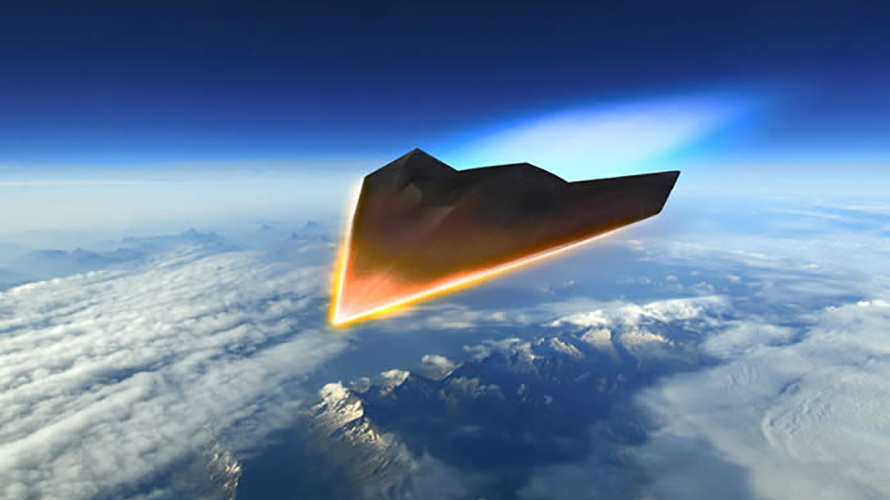By Harsh V. Pant
As Indian Prime Minister Narendra Modi turns his attention to governance after his massive electoral victory, he will find that a number of challenges beckon him on the foreign policy front. From managing India’s periphery to engaging major global powers, challenges abound which will demand all the diplomatic and leadership skills Modi and his team can muster.
Modi has been a foreign policy prime minister in his first term. He relished global engagements and never gave an impression that his lack of experience on the foreign policy front was a handicap. In fact, he made it his strength as he encouraged greater involvement of Indian states in diplomacy. He led from the front in diplomatic engagements and managed to carve out personal equations with world leaders which has paid dividends. Modi also has been successful in selling Brand India abroad and in leveraging the vast Indian diaspora to national causes. He took risks in his foreign policy and more of than not succeeded in converting them into substantive gains for India.




















/arc-anglerfish-arc2-prod-mco.s3.amazonaws.com/public/GSFWIVUYV5C7BHXE2GREDCPS5M.jpg)